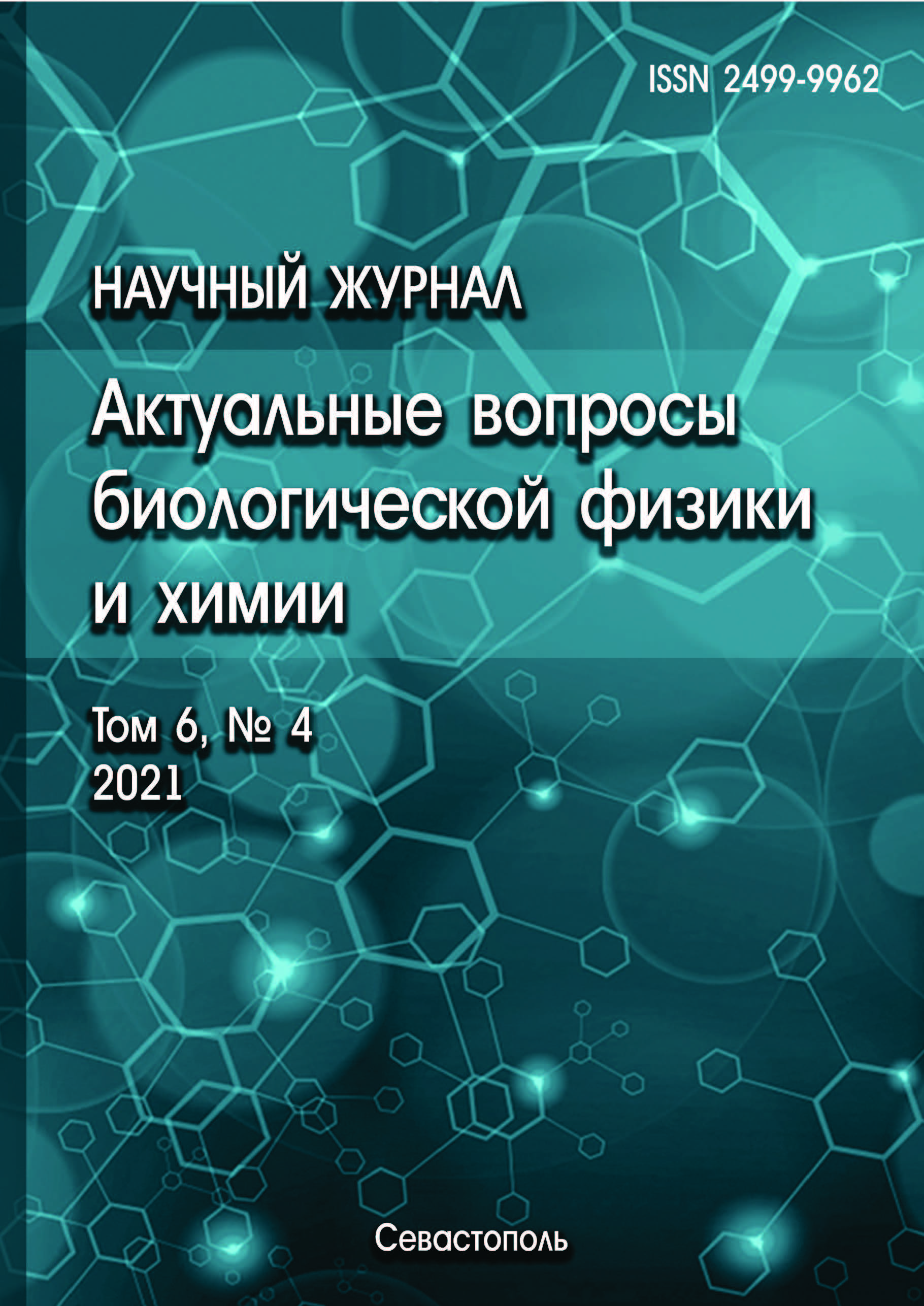Today it is known that silver nanoparticles have interesting optical properties, especially surface plasmon resonance (SPR). This property has opened a sea of possible applications for silver nanoparticles, so knowing the effect of the size and morphology of the nanoparticles on the SPR is a very important task in synthesis processes. In this work, we present the prediction of the dipole SPR of spherical silver nanoparticles using their diameter as a predictor variable. To carry out the prediction, two Machine Learning algorithms were used, the Lasso regression with L1 regularization and the Ridge regression with L2 regularization. For the evaluation of the models, data obtained from the extinction spectra of silver nanospheres with different diameters calculated with the MiePlot software were used. For the evaluation of the models, the 5-fold cross-validation was used and MSE, RMSE, MAE, and R2 were used as evaluation metrics. Both regression models allow the dipole SPR to be predicted with an accuracy above 95%. However, performing the Bayesian t-student test shows that the Ridge regression is slightly better than the Lasso regression for making the prediction.
Machine Learning, Mie Theory, MiePlot, Surface Plasmon Resonance, Ridge Regression, Lasso Regression
1. Wu L., Wang H., Xu T.W., Xu Z.L. Polymeric Membranes. In Membrane-Based Separations in Metallurgy. Elsevier, 2017, pp. 297-334.
2. Jain P.K., Huang X., El-Sayed I.H., El-Sayed M.A. Review of some interesting surface plasmon resonance-enhanced properties of noble metal nanoparticles and their applications to biosystems. Plasmonics, 2007, vol. 2, no. 3, pp. 107-118. DOI: https://doi.org/10.1007/s11468-007-9031-1; EDN: https://elibrary.ru/KMJBQR
3. Wriedt T. Mie theory: a review. The Mie Theory, 2012, pp. 53-71.
4. Arzola-Flores J.A., Gonzalez A.L. Machine Learning for Predicting the Surface Plasmon Resonance of Perfect and Concave Gold Nanocubes. The Journal of Physical Chemistry C, 2020, vol. 124, no. 46, pp. 25447-25454.
5. Berzal F. Redes neuronales & deep learning: Volumen II. Independently published, 2019.
6. Morgan D., Jacobs R. Opportunities and challenges for machine learning in materials science. Annual Review of Materials Research, 2020, vol. 50, pp. 71-103. DOI: https://doi.org/10.1146/annurev-matsci-070218-010015; EDN: https://elibrary.ru/FUKGAX
7. Laven P. Simulation of rainbows, coronas, and glories by use of Mie theory. Applied optics, 2003, vol. 42, no. 3, pp. 436-444.
8. Laven P. Simulation of rainbows, coronas and glories using Mie theory and the Debye series. Journal of Quantitative Spectroscopy and Radiative Transfer, 2004, vol. 89, no. 1-4, pp. 257-269.
9. Melkumova L.E., Shatskikh S.Y.Comparing Ridge and Lasso estimators for data analysis. Procedia engineering, 2017, vol. 201, pp. 746-755. DOI: https://doi.org/10.1016/j.proeng.2017.09.615; EDN: https://elibrary.ru/XNOSWA
10. Ranstam J., Cook J.A. Lasso regression. Journal of British Surgery, 2018, vol. 105, no. 10, pp. 1348-1348.
11. McDonald G.C. Ridge regression. Wiley Interdisciplinary Reviews: Computational Statistics, 2009, vol. 1 (1), pp. 93-100.
12. Demsar J., Curk T., Erjavec A., Gorup C., Hocevar T., Milutinovic M., Zupan B. Orange: data mining toolbox in Python. The Journal of machine Learning research, 2013, vol. 14, no. 1, pp. 2349-2353.
13. Corani G., Benavoli A. A Bayesian approach for comparing cross-validated algorithms on multiple data sets. Machine Learning, 2015, vol. 100, no. 2, pp. 285-304. DOI: https://doi.org/10.1007/s10994-015-5486-z; EDN: https://elibrary.ru/ICYRVQ










